August 2019
-
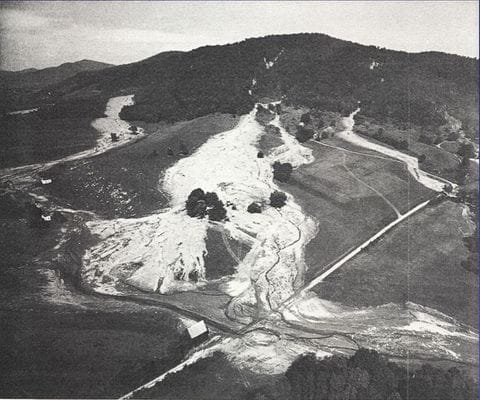
This week marks the 50th anniversary of the landfall of Hurricane Camille, which came ashore in Mississippi in August 1969 with wind speeds of as much as 185 mph and a storm surge that rivaled Hurricane Katrina in 2005, causing a lot of damage along the coast. Fewer people remember that Camille caused a second…
-
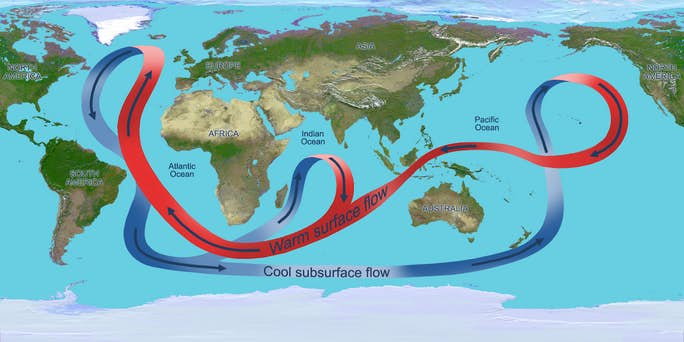
If you have ever watched “The Day After Tomorrow” movie starring Dennis Quaid, you might have noticed early in the movie that climate scientist Quaid notes that the North Atlantic Ocean Current is slowing down, which helped lead to the climate crisis depicted in the movie. While most of the climate science in the movie…
-
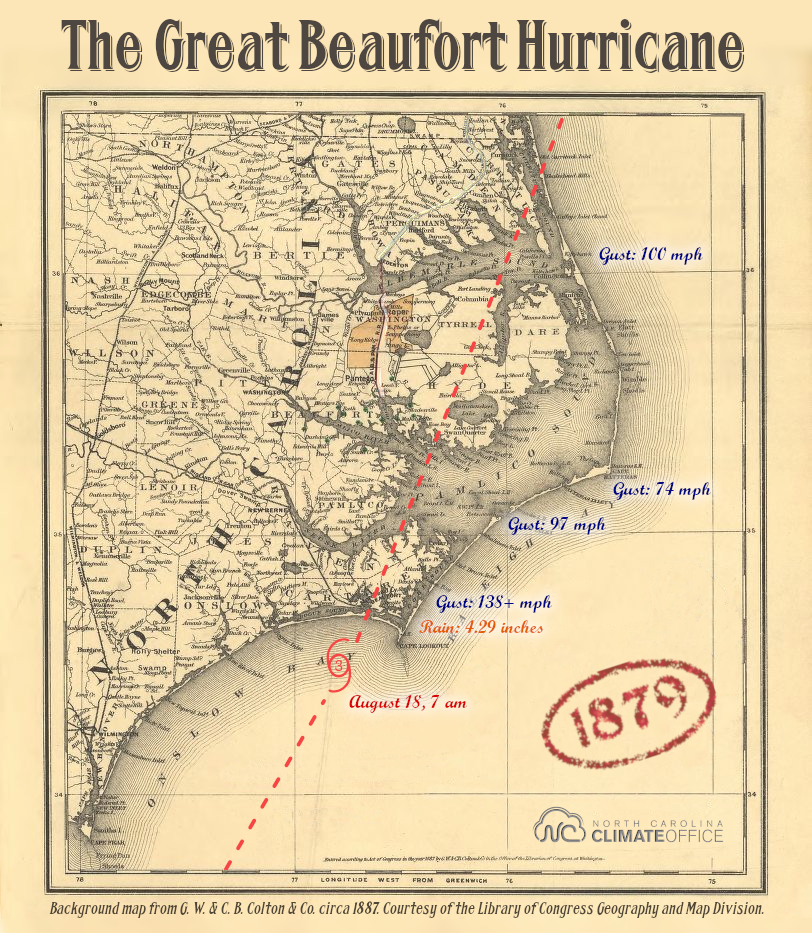
The State Climate Office of North Carolina is starting a series of blog articles about historic hurricanes which have affected their coast in the past. Many of these also affected the coasts of South Carolina and Georgia. While there have not been too many hurricanes which have affected this region in recent years compared to…
-
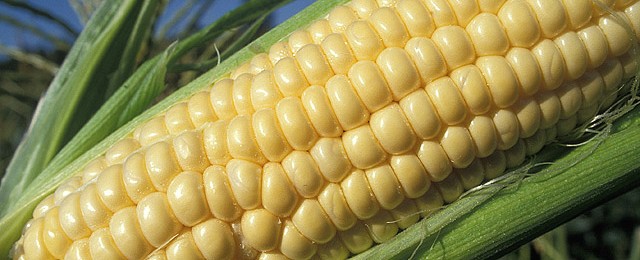
We know from archaeological ruins that there have been great civilizations in the past that seemingly disappeared from view. Some of those may have been decimated by disease or warfare, but some of them almost certainly were harmed by changes in climate such as multi-year droughts that may have made it impossible for them to…
-

The rain this week is focused along the front which is currently draped across northern Florida and along the coast. Areas north of the front should see relatively light amounts of precipitation, while areas along and to the south of the front could see heavy rain and even some flash flooding. The National Hurricane Center…
Posted in: Climate outlooks -
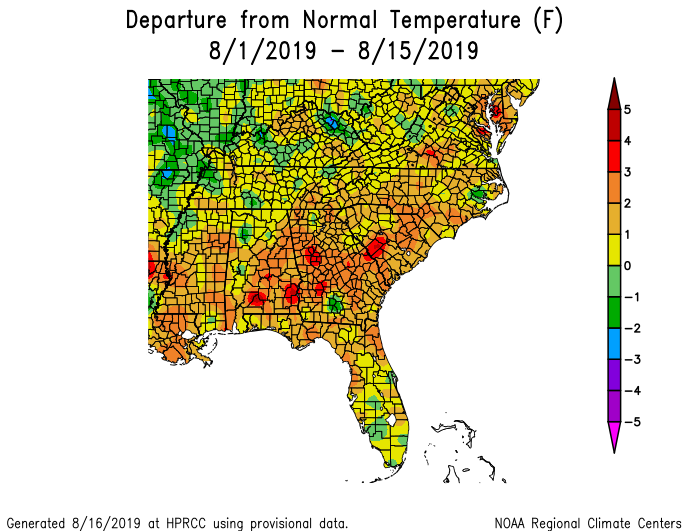
Halfway through August, temperatures in almost all of the region are running above normal in temperature. Only a few isolated spots are cooler than normal. The highest departures are in central Georgia and southeastern Alabama, with values of 3 degrees or more warmer than normal. Precipitation across the region varies quite a bit. The wettest…
Posted in: Climate summaries -
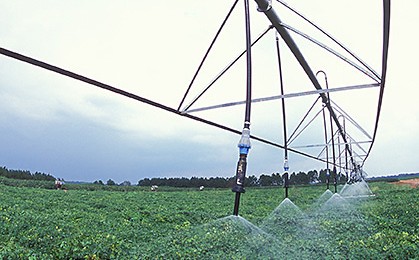
The dry conditions that are affecting parts of Georgia are having a negative effect on the potential yields of dryland peanuts there, according to a news story at https://newswire.caes.uga.edu/story.html?storyid=8070&rss. While irrigated peanuts are doing well, the dry conditions are putting stress on non-irrigated peanuts, potentially dropping yields. About half the crop is planted in fields…